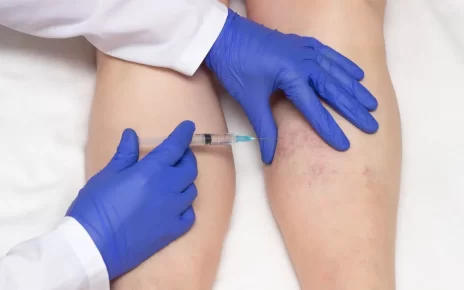Over time, as a woman ages, she may start to notice that her breasts begin to sag or lose their resilience. This can often be due to a number of reasons. The breasts are supported by muscles and ligaments that can become stretched and worn over time, especially when a woman has had multiple pregnancies. The breasts may also sag if the person has experienced dramatic fluctuations in their weight. Many women seek a breast lift procedure to correct these problems.
A breast lift procedure is normally done by a specialized doctor, called a plastic surgeon (we recommend this breast lift Philadelphia PA option), in a hospital or outpatient facility. In most cases, the procedure will be performed under general anesthesia. During the procedure, the plastic surgeon will aim to remove unnecessary breast skin and reshape the breast tissue.
The surgeon will make careful incisions in certain areas such as around the areolae and along the breast creases. He or she may also use stitches to reshape the breast tissue and remove excess breast skin. Depending on the type of breasts that the patient wants, the surgeon may make the nipples higher or the areolae smaller. The whole procedure is normally completed within two to three hours and the patient is free to go home on the same day if there are no complications.
After the procedure, the breasts will normally be covered in a surgical support bra. There may be some excess blood or fluid draining from the incision, but this is normal. It is also normal for the breasts to feel swollen and tender for a couple of weeks after the procedure. Patients are normally advised to take pain medication and to avoid any straining, bending or lifting for up to six weeks after the surgery. It is also common for doctors to recommend that a woman sleep on her back or side to avoid putting pressure on the breasts and to avoid sexual activity for a couple of weeks.
The surgeon will let the patient know when the stitches must be removed. Some stitches dissolve without removal while others need to be physically removed in the doctor’s office. There are certain rules that a patient must follow after the surgery such as continuing to wear the surgical support bra for three or four days and then switching to a soft support bra for several weeks afterwards. Sometimes a silicone gel is applied to the incisions to help promote faster healing. As the breasts are healing, they must be kept out of the sun to minimize UV exposure.
It is very important that a woman watches for certain warning signs as she is healing after the procedure. Any redness, swelling or discharge around the incisions could indicate an infection, so this must be reported to the doctor as soon as possible. In addition, if a woman develops a fever or notices pus at the incision, this must be examined by a doctor as soon as possible to determine if antibiotics are needed to clear the infection.





